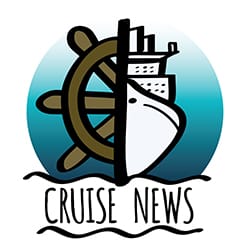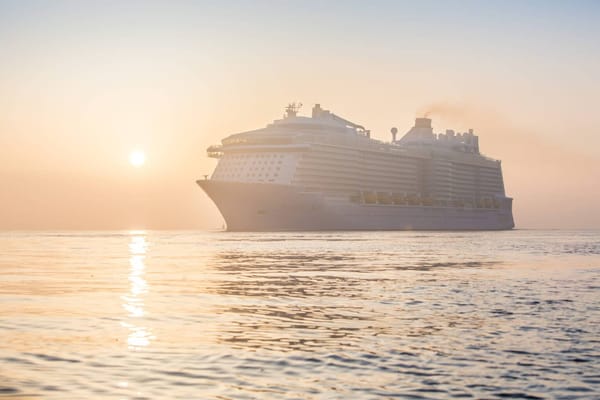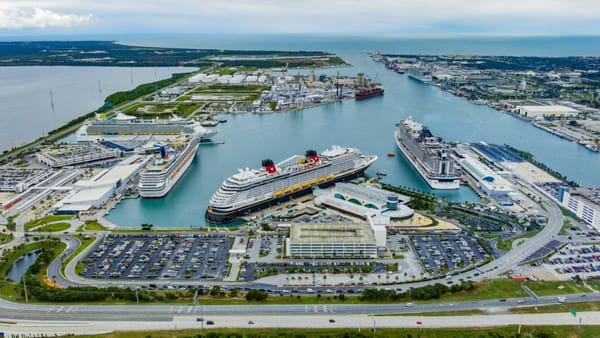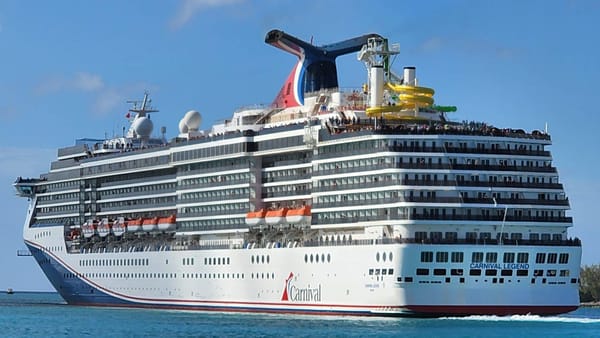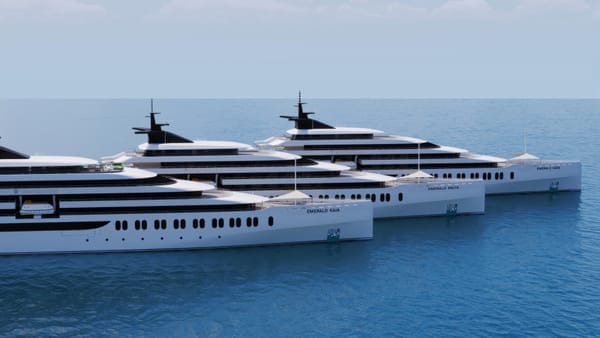Havila Prepares 12-Day Climate-Neutral Cruise Along Norwegian Coast
Havila’s upcoming voyage will test climate-neutral cruising on Norway’s coast, spotlighting how biogas and battery advances could reshape maritime emissions standards industrywide.
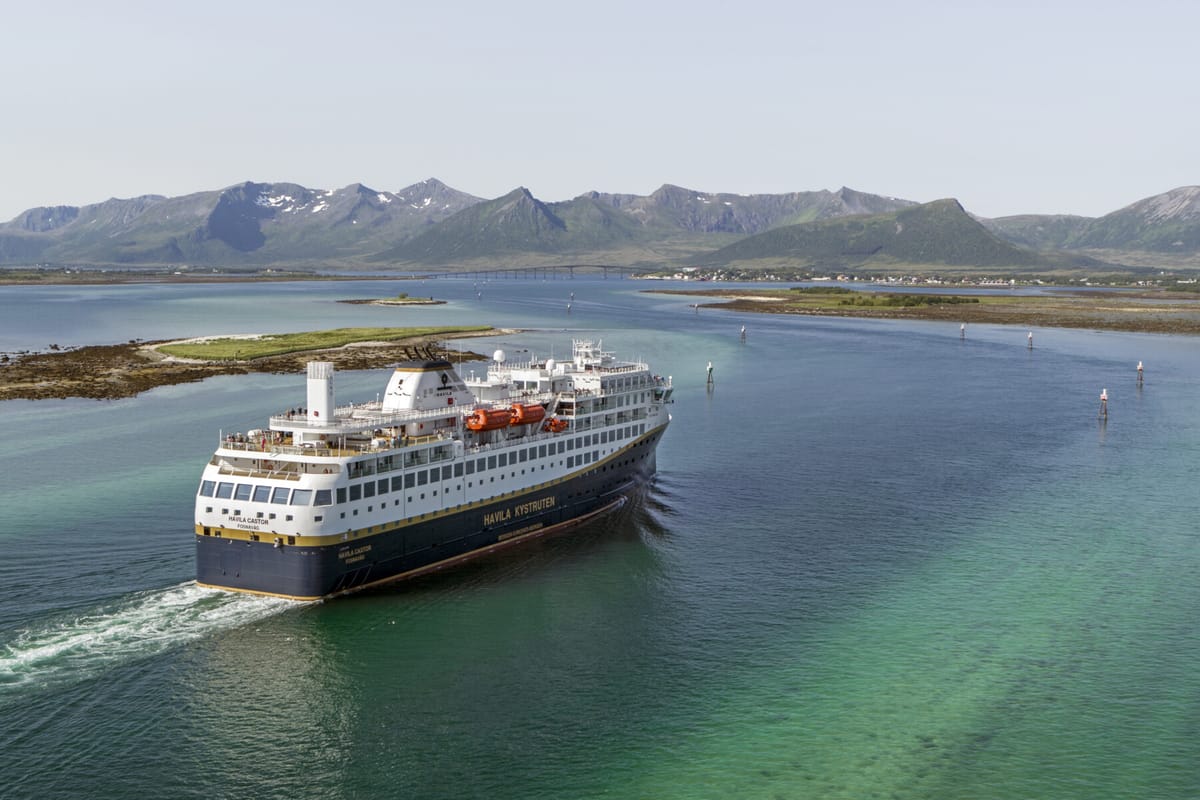
Norwegian cruise line Havila Voyages has unveiled plans for what could become the longest climate-neutral cruise in the world. This initiative, developed in collaboration with Norwegian marine technology provider HAV Group, aims to redefine sustainability in the cruise industry with a 12-day roundtrip between Bergen and Kirkenes. Slated for autumn, the voyage will combine renewable biogas and advanced battery systems, showcasing how sustainable innovation can lead to industry-wide change. The Bergen-Kirkenes route serves as a cultural and environmental heritage along Norway's rugged coastline, making Havila's efforts a significant milestone in the green transition.
Climate-Neutral Cruise: Goals and Execution
Havila plans to achieve climate neutrality for this voyage by utilizing renewable biogas derived from organic waste in conjunction with large-capacity battery packs. This technological pairing will allow the ship to balance total greenhouse gas emissions beyond carbon dioxide while reducing localized environmental impacts such as noise and pollution near ports. CEO Bent Martini confirmed that the company is negotiating with suppliers to secure sufficient biogas volumes for the trial, stating, “We are in dialogue with suppliers to secure sufficient volumes to fill the tanks 100 percent with biogas, and we believe we will succeed.” If successfully fueled entirely by biogas, the ship could sail the full 9,260 kilometers (around 5,000 nautical miles) emission-free along the Norwegian coastline.
This climate-neutral trial is set to establish a benchmark within the industry as Havila aims to transition all Bergen–Kirkenes–Bergen itineraries to emission-free operations by 2030. Current vessels in its fleet can already sail emission-free for up to four hours using battery systems, but the upcoming test voyage will push the boundaries of sustainable maritime practices.
Environmental Pressures and Industry Innovations
The cruise industry remains under scrutiny for its environmental impact, with passenger-kilometer emissions that surpass those of planes, trains, and ferries. According to the International Council on Clean Transportation, large ships in 2022 emitted approximately 250 grams of carbon dioxide per passenger-kilometer, significantly higher than the 80 grams of long-haul flights or 19 grams of ferries. Havila's plan aligns with widespread calls to reduce emissions, particularly in Norway, which is one of Europe’s busiest cruise regions. Martini has called on government authorities to implement stricter environmental standards to ensure sustainability during the bidding period for the coastal route contracts.
Beyond Havila’s efforts, other major cruise lines are committing to greener technologies. Viking Cruises is developing Viking Libra, a hydrogen-powered ship with an anticipated 2026 delivery. Hurtigruten is designing a zero-emission cruise ship equipped with a 60-megawatt battery pack and intends to launch by 2030. MSC Cruises has adopted liquefied natural gas (LNG) propulsion systems for select new vessels. These advancements collectively demonstrate growing momentum in addressing global emissions challenges.
Focus on Biogas and Battery Systems
Havila’s approach to climate neutrality hinges on the strategic use of renewable biogas and expanded onboard battery systems. While biogas serves as the primary energy source derived from organic waste, battery packs will reduce strain during peak energy demands, offering extended low-emission and zero-emission operation across Norway's sensitive coastal areas. "The technology exists, but we need willpower and investment," stressed Martini. The company is also partnering with HAV Group to optimize its fleet, comprised of four coastal ships, ahead of the next major bidding cycle. Both organizations aim to develop technologies compatible with the strict environmental requirements anticipated in Norway's future contracts.
Staging the Autumn Test Voyage
The planned 12-day voyage will follow a traditional coastal itinerary between Bergen and Kirkenes, with no announced changes to stops or schedules. CEO Martini has reiterated his commitment to demonstrating the feasibility of climate-neutral operations without disruptions to passenger experience. He emphasized that technology innovations in battery-electric propulsion provide additional benefits, including quieter sailing and reduced local emissions at ports, aligning well with Norway’s sustainability objectives.
A critical challenge remains ensuring certified biogas availability. Talks with fuel providers are ongoing, as securing the necessary supply to power the ships entirely on renewable energy will be essential to the success of the trial. If the test voyage is successful, it could accelerate local and global adoption of emission-free technologies within the maritime sector.
Frequently Asked Questions (FAQs)
How does climate neutrality differ from emission-free operations?
Climate neutrality involves balancing the total impact of greenhouse gas emissions, including regional climate effects, to achieve net-zero emissions. Emission-free operations, however, entail producing no emissions during activity.
When is Havila planning its climate-neutral test voyage?
The 12-day roundtrip is scheduled for autumn this year, dependent on securing sufficient volumes of renewable biogas to fully fuel the ship.
What is Havila’s long-term goal for its Bergen–Kirkenes–Bergen itineraries?
Havila aims for its fleet to operate emission-free by 2030, setting a precedent for sustainable maritime travel and achieving stricter environmental compliance.
Which ships are involved in the climate-neutral initiative?
The trial could involve any of Havila’s four existing coastal ships. HAV Group supports optimizing the fleet and exploring new ship designs for future contract periods.
Are other cruise lines working on similar sustainability initiatives?
Competitors such as Viking Cruises are developing hydrogen-powered vessels, Hurtigruten is creating zero-emission ships, and MSC Cruises is incorporating LNG technology in response to rising environmental concerns.
